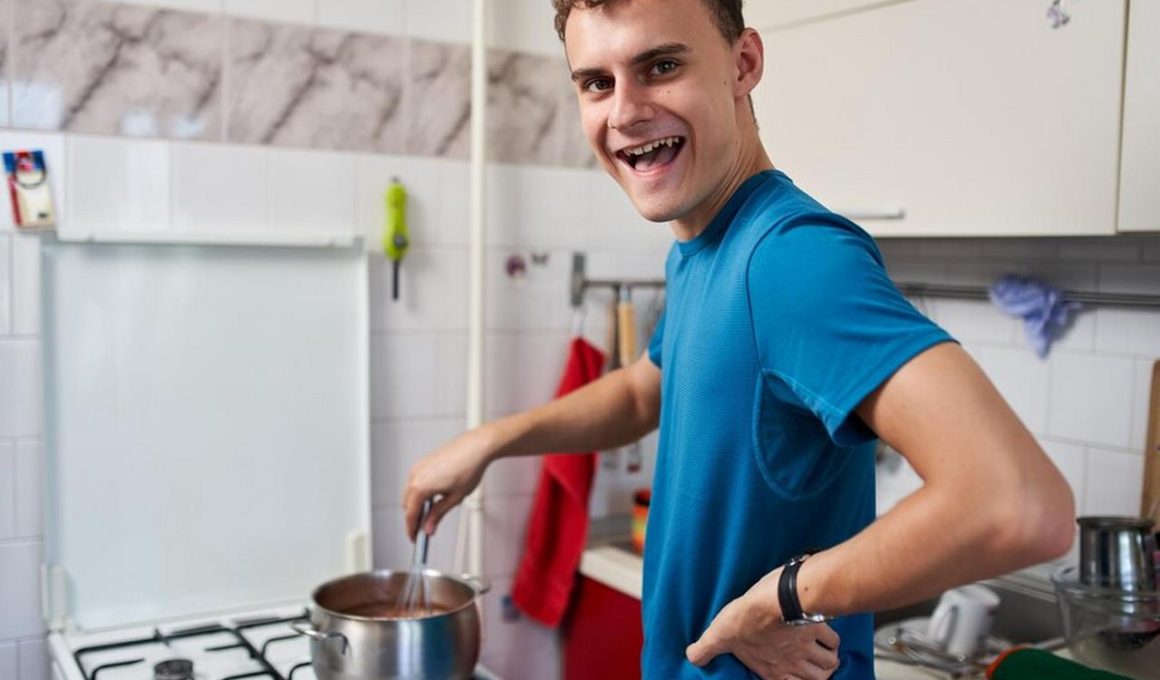There are several ways to cook salmon, but a wooden plank is a classic. Planks made from untreated cedar or apple wood are delicious. Avoid pine planks, as they will impart a woody resin flavor. For a traditional approach, soak the plank in water before using it. To cook the salmon, you can use a sheet pan lined with foil or another flat pan with sides. Preheat your oven’s broiler to high. Position a rack four inches from the heat source.
Avoiding common mistakes when cooking salmon
While many people think that cooking salmon is an easy process, it can be a bit more difficult than you might think. Several common mistakes can be made when cooking salmon. To avoid these mistakes, make sure to follow a few tips and tricks. If you do make a mistake, at least you will know what you did wrong. These mistakes can ruin the perfect salmon you’ve been working on. So, follow these tips to cook salmon the right way the first time.
First, let the salmon come to room temperature before cooking it. This will ensure that it cooks more efficiently and won’t become tough. Another common mistake is overcooking the fish. When salmon is cooked too long, the meat can become tough and not safe to eat. Cooking it to an internal temperature of 145 degrees Fahrenheit is ideal. By following these steps, you can ensure that your salmon is perfectly cooked every time.
Another common mistake with salmon is leaving it on the stove or oven too long. This will cause the fish to be overcooked. However, this can be easily fixed. Simply flip the salmon over once during the cooking process. If the flesh is opaque, you’ve cooked the salmon properly. If it is not, it’s probably overcooked. And that’s not good for your health. You should always remember that salmon is a delicate fish, so it’s important to follow these cooking tips to avoid overcooked salmon.
Another common mistake people make with salmon is removing the skin. While the skin of the fish may not look as appealing, it’s an integral part of the dish. When cooking salmon, the skin helps prevent the fish from drying out and makes the final result much more delicious. You should also remember to cook it skin-side down in order to preserve the moisture. You don’t want the skin to break off too quickly or to be too dry.
Before you start cooking, make sure you wash your salmon thoroughly. You can even use cold water to rinse it. Make sure that there are no ice crystals on it. Then, pat the salmon dry. You can also try breading it to keep the moisture in and prevent it from leaking out. Older salmon can be marinated and topped with a sauce before serving it. If you are unsure of cooking salmon properly, avoid using a microwave.
Oven finishing
When cooking fish, finishing it in the oven is an excellent way to create a beautifully burnished entree. This method works with all cuts and temperatures, and it will allow you to focus on the rest of the meal. But, be sure to follow a few basic guidelines to ensure your salmon is cooked to the proper temperature before serving it. Here are the steps to finish salmon in the oven:
The first step is to place the fish in the oven and heat it on a high heat. Cook the salmon until a golden crust forms. This will happen on the bottom edge of the meat, and on the surface where the fish touches the pan. The crust will continue to form throughout the cooking process, so keep an eye on it! If the salmon is already cooked to a medium level, skip the broiling process. It should be flaky when tested with a fork and opaque and glossy in the middle.
To create a foil packet, you can take a sheet pan or large piece of parchment paper and fold it in half down the middle. Then, place a salmon fillet on one side of each packet. The salmon should puff up slightly during the cooking process. It will take between ten to fifteen minutes to finish a single salmon fillet. The cooking time depends on the thickness of the fillet.
After the salmon has finished cooking, you can wrap it in foil to keep the steam in. After the salmon is done, it can be broiled or left to rest at room temperature for about 15 minutes before you put it into the oven. For best results, you should allow the fish to rest for at least 15 minutes before removing the foil. Then, the oven should preheat for 15 minutes. Soak it in a brine of salt water before cooking it.
Pan searing
Cooking salmon in a hot pan locks in the flavor and moisture. To create the best result, cook skin-side-down for approximately four minutes. Flip over the fish to sear the other side. Serve with lemon juice. You can also serve this dish with brown rice, broccoli, or asparagus. Whether you are cooking salmon for yourself or entertaining guests, you’re sure to please. And, while it’s easy, it’s fun, too.
To cook the salmon, start with the skin-side-down, then turn over. Cook until desired doneness, turning once halfway through. Meanwhile, make the sauce: add butter, garlic, and lemon juice to a saucepan over medium heat. Add chicken broth and the lemon juice. Cook for a further minute. You can also sprinkle some chopped parsley over the salmon just before serving. Once the salmon is ready, you can serve it with the sauce.
Salmon is an excellent choice for this dish, as it cooks quickly and evenly without requiring a lot of prep. This method can make it easier to prepare any side dish, and the delicate flavor is complemented by most favorite sides. As long as you buy salmon with the skin on, it’s a healthy choice – it contains fewer calories and more minerals than farmed salmon. And it’s not only healthy – it also tastes great!
For best results, use a non-stick pan. If you want a non-stick pan, a thick stainless steel skillet is best. The stainless steel surface quickly and evenly distributes heat. A high-quality stainless steel pan will have three layers of aluminum, which is a fast heat conductor. Then, the bottom layer will contain a slow emitter, which will prevent buckling and curling of the skin.
Once you have prepared your oil, prepare your salmon. Place the fillets in the pan and cook until they are golden-brown. When you turn the salmon over, use a fish spatula to gently press the salmon down to sear the skin. This cooking method will take about 15 minutes. During this time, the fish should be fully cooked through. For more detailed instructions on cooking salmon, sign up for a MasterClass Annual Membership.
Grilling
The secret to grilling salmon is to get it as close to an opaque pink color as possible. To do this, you should lightly salt the fish, and cook it between 120 and 125 degrees Fahrenheit. Salmon is one of the most popular fish in the United States, and its full flavor and sturdy texture compliment the smokiness and char of a grill. You should preheat the grill to the desired temperature before loading it with salmon.
To get the best results, you should select fish that has a high fat content and a firm texture. The skin of salmon needs a high fat content to cook properly, but it can also dry out or become overcooked if grilled too quickly. Always choose fillets that are firm and brightly colored, with a rounded shape. Also, avoid fish steaks that smell fishy. To make sure that your fish steaks turn out perfectly, flip them over and cook them the other side.
Salmon can be grilled in the same way as any other type of meat. The cooking time depends on the thickness of the fillet and the amount of fat in it. Choose an even thickness and season it with salt and pepper before you hit the grill. Cook the fish until the internal temperature is 120 to 125 degrees Fahrenheit. The flesh should be opaque pink. You should let the salmon rest for several minutes before serving it, as it may carry over after cooking.
To grill salmon, prepare a hot grill with oiled grates and place the salmon skin side up on the hot surface. Cook the fish for six to eight minutes until the skin releases from the fish. Make sure the salmon doesn’t stick to the grill grates! For this, you should lightly oil the fish with olive oil before placing it on the grill. The salmon should cook for about 6 to eight minutes on each side, depending on the thickness and size of the fillets. You may need to turn the salmon after every three minutes or so, depending on the thickness of the skin.
Before starting the cooking process, marinate the salmon. You can marinate it overnight in a small bowl or dish, so you’ll be able to keep it from drying out. After marinating, simply place it on the hot grill and cook until the fish flakes easily with a fork. Ensure that the salmon is cooked throughout, or else it will fall apart when you flip it. If you’re unsure about whether your fish is done, rest it for a couple of minutes before serving.
Podobne tematy




